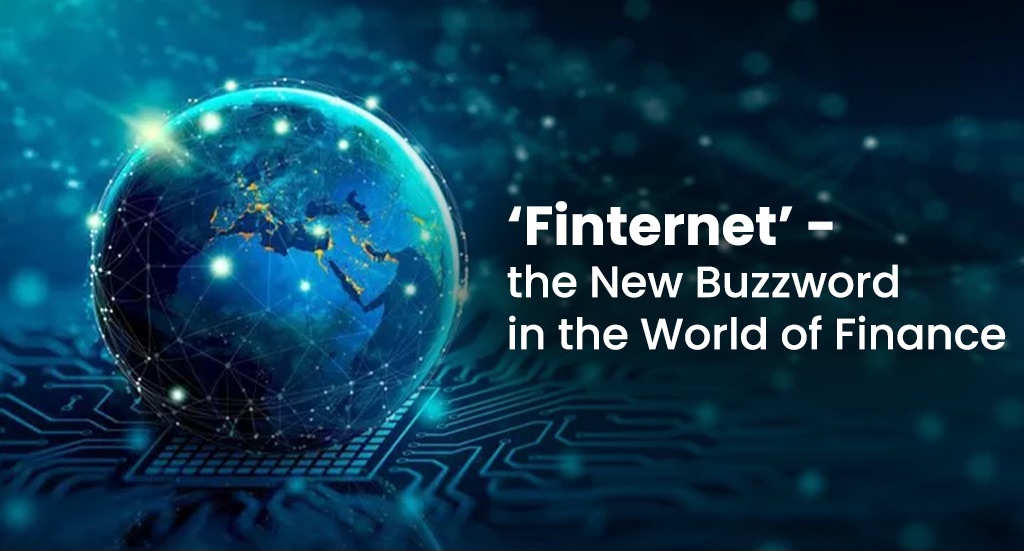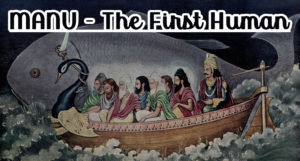In the 21st century, finance remains expensive and exclusive, like an overly exclusive club. Moreover, when contrasted with the instant gratification we experience in other digital realms, money seems to lag online, moving at an unwanted snail’s pace. Despite improvements in mobile banking, money transfer costs globally still average a steep 6.2%.
In a recently-released study, Agustin Carstens, General Manager of the Bank for International Settlements (BIS), and Nandan Nilekani, the brain behind the world’s largest digital identity programme – the Aadhaar, coined the term “Finternet.” This phrase refers to a linked financial system that aims to consolidate multiple financial services into a single network, lowering entry barriers for players. The Finternet proposes a network of interconnected technologies that improve access and integration across financial services.
The paper promotes the notion of the “Finternet” as a network of linked financial ecosystems, similar to the Internet, intending to empower individuals and companies by putting them at the centre of their financial operations. Tokenisation is at the heart of the Finternet, a disruptive technology that allows real-world assets (RWAs) and financial instruments to be represented in a unified system regulated by smart contracts. This technology enables activities and transactions that are now impractical with existing technology. Sounds interesting, right?
Fathom this: physical assets such as real estate, automobiles, and art will be digitally represented with their respective value equivalents. Customers will use financial institutions to swap different tokens according to preset regulations. Transactions will only take place if the needed payment comes from another wallet, providing safe and balanced exchanges. Instead of direct contact, participants will monitor activity via a central scoreboard.
The Finternet relies on the unified ledger technology – a complete system that combines all elements needed to complete financial transactions in a single venue – financial assets, including wholesale tokenised central bank money, tokenised commercial bank deposits, and other tokenised assets, ownership records, and rules determining their use. The platform’s high programmability is critical for enabling and speeding transactions. Users may smoothly engage with apps that use these assets that exist on ledgers as executable objects without having to handle them directly, facilitating access to a wide range of financial instruments.
The conversion of traditional securities into digital forms has the potential to open up a $22 trillion market of alternative assets for the middle class, which frequently suffers liquidity problems. Despite having a risk appetite for better returns from investments such as private equity, hedge funds, and infrastructure, many middle-class investors find it difficult to make big, long-term commitments owing to the scale of the needed investments.
According to a recent Moody’s Investors Service analysis, breaking down these assets into smaller parts using blockchain technology might increase liquidity. This procedure would make trading and accessibility easier for investors, opening up new options in hitherto inaccessible asset classes.
Well, this is not all, the Finternet has a lot to offer, and it will be revealed as we move ahead of time! Stay tuned and see the world transforming with the Finternet.








